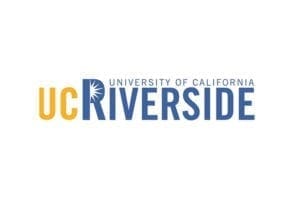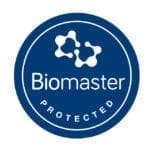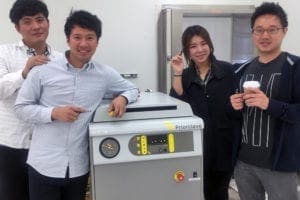 All too often schools, universities, and their research facilities end up with medical-grade autoclaves. These units are optimized for processing trays of clean medical instruments–and are thus a poor fit for education and research (even medical research). In a research setting, a medical-grade autoclave often proves unreliable–and expensive.
All too often schools, universities, and their research facilities end up with medical-grade autoclaves. These units are optimized for processing trays of clean medical instruments–and are thus a poor fit for education and research (even medical research). In a research setting, a medical-grade autoclave often proves unreliable–and expensive.
A proper research-grade autoclaves is optimized for research activities: media preparation, glassware sterilization, waste load processing. It has a flexible control system–so it can meet your evolving needs–and is designed from the ground up to minimize costs by minimizing moving parts, unneeded ancillary functions, and resource consumption.
Efficient Autoclaves for Education
In a 2008 audit Stanford University found that the medical-grade sterilizers used in their research facilities consumed an average of 1,550 gallons of water every day (usually while sitting idle; comparable research-grade autoclaves use no water when not running an active sterilization cycle). In a later audit Stanford discovered that their 167 autoclaves were using as much energy as their 19,205 computer monitors–even though the autoclaves rarely ran more than five cycles per week.
 A 2016 study of autoclave efficiency by the Office of Sustainability at the University of California, Riverside (UCR) was similarly eye-opening Even when functioning within intended parameters, the medical-grade autoclaves used in their genomics and entomology research labs were each consuming an average of 700 gallons of water and 90 Kw/h of electricity per cycle. This translated to 1,134MWh of electricity and 8.8 million gallons of water total across their campus’s 37 autoclaves–most of which was being consumed while the units sat idle.
A 2016 study of autoclave efficiency by the Office of Sustainability at the University of California, Riverside (UCR) was similarly eye-opening Even when functioning within intended parameters, the medical-grade autoclaves used in their genomics and entomology research labs were each consuming an average of 700 gallons of water and 90 Kw/h of electricity per cycle. This translated to 1,134MWh of electricity and 8.8 million gallons of water total across their campus’s 37 autoclaves–most of which was being consumed while the units sat idle.
By contrast, UC-Riverside’s research-grade autoclaves performed the same tasks with equal effectiveness, but used 83% less energy and 97% less water. On an annual basis, a properly specified research-grade autoclave can be expected to use 1/6th to 1/10th as much water and energy as a comparable medical-grade model.
Flexible & Safe Teaching Autoclaves
If you aren’t processing flat trays of medical instruments or extremely large loads with great frequency, then you don’t need a medical-grade autoclave–and don’t want one.
 Every Priorclave research-grade autoclave begins with a conversation. Our team will explore your sterilization needs, and help you determine the right configuration of the right model for your tasks, facilities, and requirements. Standard features like pressure and thermal door interlocks, permission-based door release, Biomaster Protected® exterior coating, Media Warming and Delayed Start functions, and programmable “one-button Start” with keyswitch or password protected cycles all contribute to a safer and easier autoclave for students, trainees, and lab techs.
Every Priorclave research-grade autoclave begins with a conversation. Our team will explore your sterilization needs, and help you determine the right configuration of the right model for your tasks, facilities, and requirements. Standard features like pressure and thermal door interlocks, permission-based door release, Biomaster Protected® exterior coating, Media Warming and Delayed Start functions, and programmable “one-button Start” with keyswitch or password protected cycles all contribute to a safer and easier autoclave for students, trainees, and lab techs.
Priorclave is the only company actively promoting safe and effective autoclave use in curriculum. We build safety in at every level, from permission-based door release control systems to “quickseal” doors fitted with mechanical thermal and pressure interlocks. Priorclaves are safe enough to be used by schoolchildren–like the students of High Technology High School, in North Bergen, NJ, who’ve been using their Priorclave 100L since 2014.
Safe and Reliable Autoclaves for Education
 Our goal is to provide universities, colleges, schools, and other research and training facilities the equipment they deserve:
Our goal is to provide universities, colleges, schools, and other research and training facilities the equipment they deserve:
Reliable. Flexible. Programmable. Affordable. Safe. But most importantly, we want them to have the Support they need to get their work done. Every unit we ship is backed by an unparalleled warranty, free lifetime technical support, and our international network of factory-certified authorized service agents (ASAs).
Wherever you are, we are as close as a phone call or mouse click.


